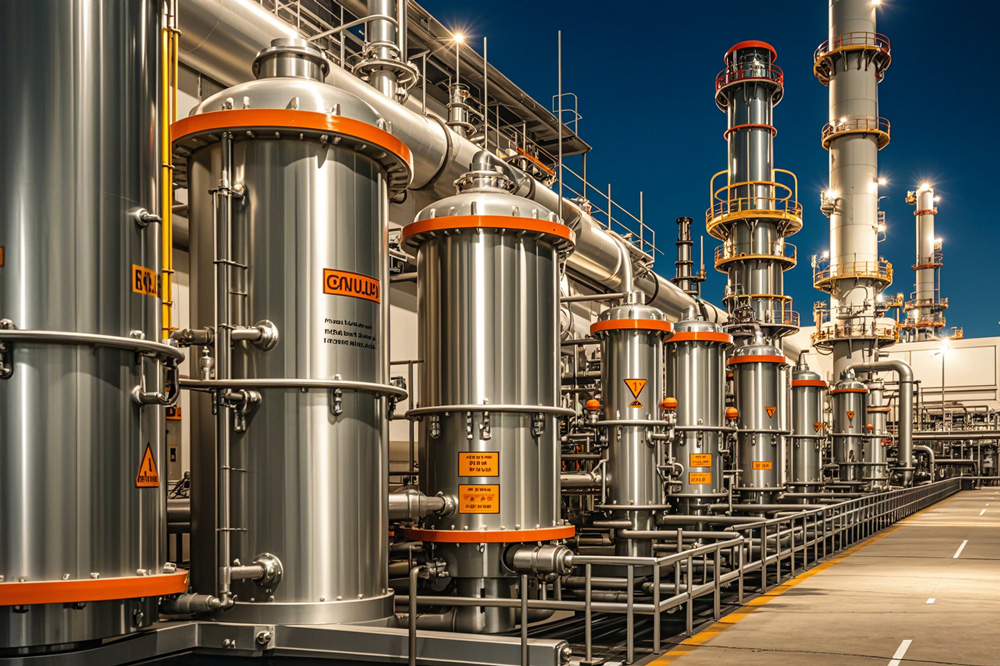
In industries where flammable gases or dust are present, safety is paramount, and explosion-proof lamps play a vital role. These specialized lighting solutions are designed to prevent ignition and contain any potential sparks or heat that could lead to an explosion. But what exactly makes a lamp explosion-proof, and why are they so essential in certain industries?
Explosion-proof lamps are lighting fixtures specifically engineered to contain sparks, heat, or flames within the housing, preventing them from igniting flammable substances in the surrounding environment. These lamps are crucial for maintaining safety in hazardous locations such as chemical plants, oil refineries, and mining operations.
Understanding the mechanics and applications of explosion-proof lamps is vital for industries that operate under potentially explosive conditions. This article delves into the intricacies of these lamps, exploring their design, functionality, and the factors to consider when choosing the right LED explosion-proof lamps for specific needs.
The term "explosion-proof" can be misleading, as it suggests that the lamp can withstand an explosion. In reality, explosion-proof lamps are designed to prevent explosions by containing any sparks or high temperatures generated within the lamp itself.
An explosion-proof lamp is a lighting fixture designed to prevent ignition of flammable gases or dust by containing sparks or heat within its housing. It is a critical safety component in environments prone to explosive atmospheres.
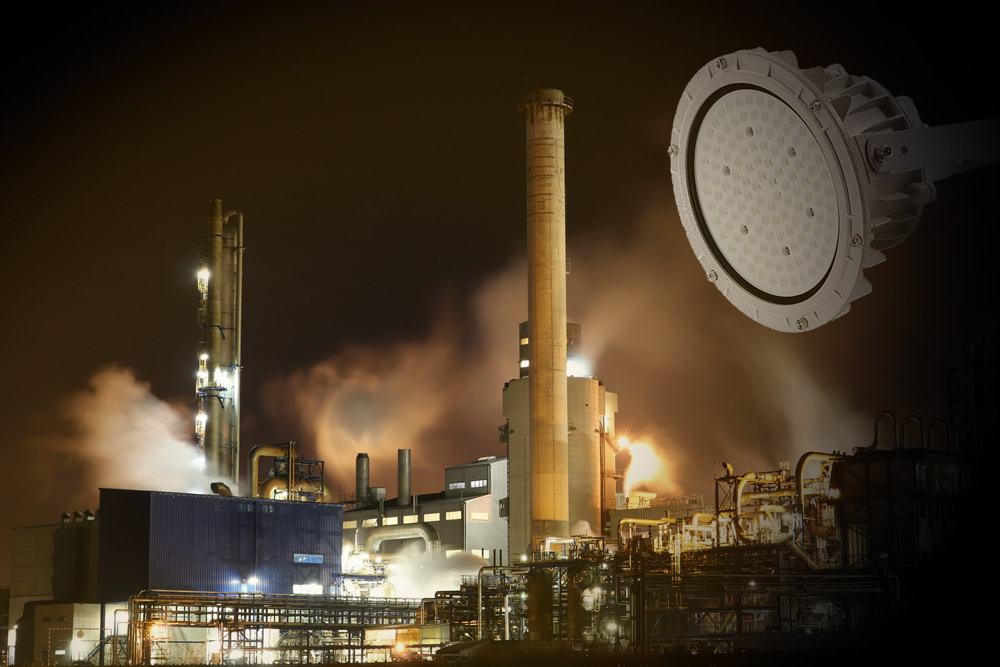
To truly grasp the significance of explosion-proof lamps, it's important to understand the engineering behind them. These lamps are constructed with heavy-duty materials and feature sealed components that prevent any interaction between internal electrical components and external hazardous substances. This design ensures that even if a spark occurs within the lamp, it will not ignite any gases or dust present in the surrounding environment. The housings are typically made from durable metals like aluminum or stainless steel, which help in withstanding corrosive environments and maintaining structural integrity under pressure. The lenses are often crafted from shatter-resistant glass or polycarbonate, further enhancing their safety profile. This meticulous design and construction make explosion-proof lamps indispensable in industries where safety is paramount.
Explosion-proof lamps come in various types and classifications, each designed to meet specific safety standards and operational requirements. Understanding these classifications is crucial for selecting the right lamp for your needs.
Explosion-proof lamps are classified based on their ability to prevent ignition in different hazardous environments, such as Class I Division 1, Class I Division 2, and intrinsically safe lighting.
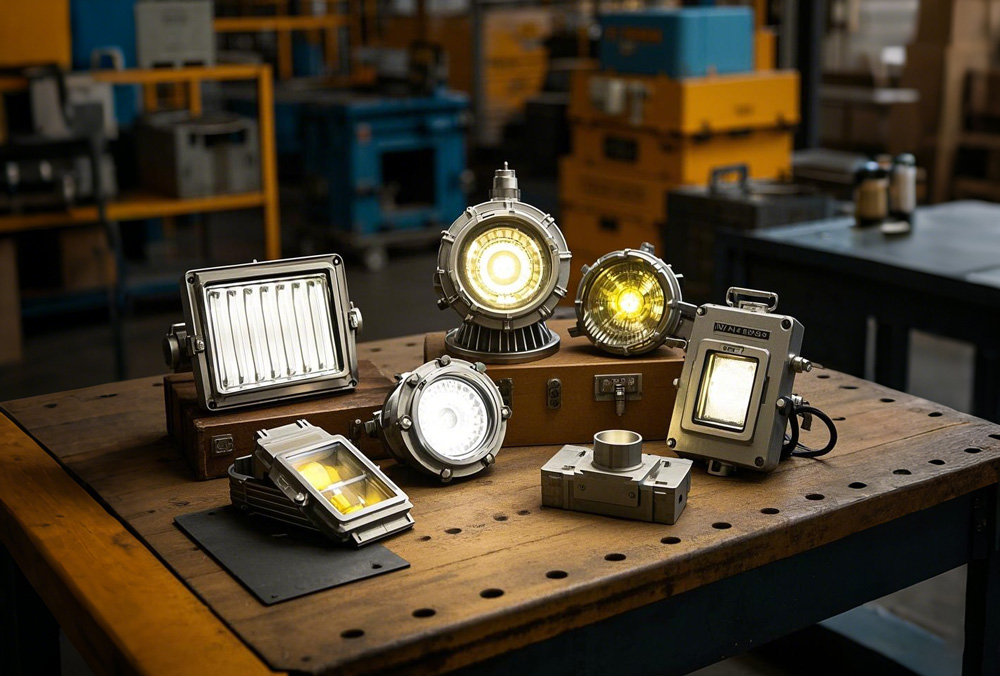
The classification of explosion-proof lamps is determined by the environment they are designed to operate in. Class I Division 1 lamps are suitable for locations where flammable gases or vapors are present continuously or frequently. On the other hand, Class I Division 2 lamps are used in areas where these hazardous materials are present only under abnormal conditions. These classifications are part of the National Electrical Code (NEC) and are critical for ensuring the appropriate level of safety. Intrinsically safe lamps, while not technically explosion-proof, are designed to operate at such low energy levels that they cannot ignite a flammable atmosphere, offering an additional layer of safety in environments where even minor sparks can be catastrophic. Understanding these distinctions helps industries choose the right lighting solutions for their specific requirements.
The functionality of explosion-proof lamps is rooted in their design and construction. These lamps are meticulously engineered to ensure that any potential ignition sources are contained within the fixture.
Explosion-proof lamps work by using robust housings and sealed components to contain any sparks or heat generated, preventing them from igniting surrounding flammable substances.
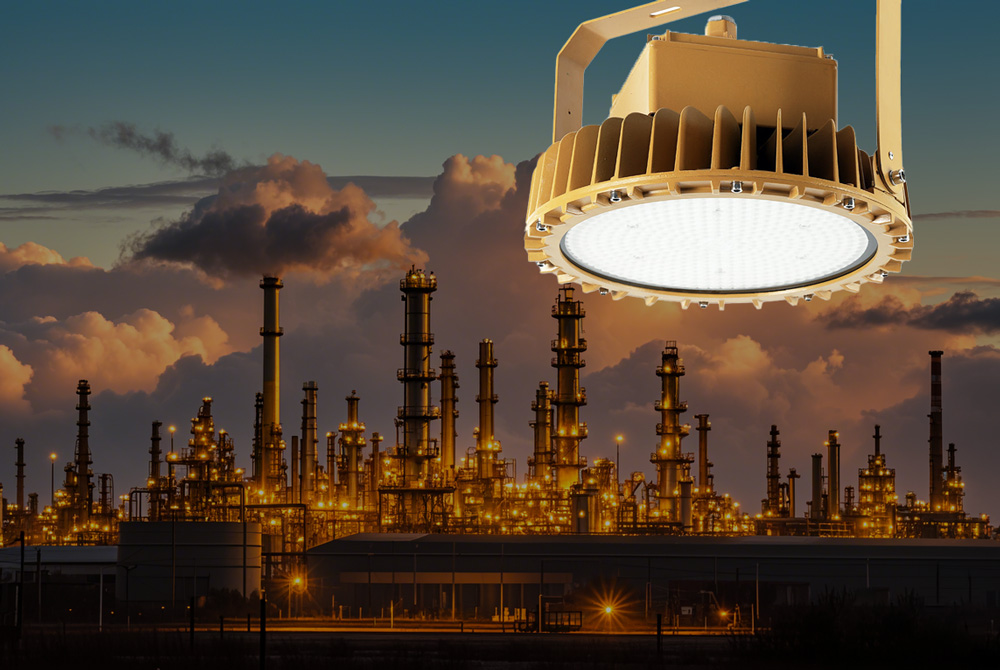
The core principle behind explosion-proof lamps is containment. By using specially designed enclosures and gaskets, these lamps ensure that any internal spark or arc does not come into contact with the external atmosphere. The materials used in the construction of these lamps are capable of withstanding extreme temperatures and pressures, providing an additional layer of safety. For instance, the enclosures are often made from cast aluminum or other durable metals, and they feature precision-machined joints that create airtight seals. This prevents the ingress of gases or dust into the lamp, which could otherwise lead to ignition. Additionally, the electrical components inside are isolated from the external environment, further reducing the risk of accidental ignition. This meticulous engineering makes explosion-proof lamps indispensable in hazardous environments, ensuring that they not only meet safety standards but exceed them.
Explosion-proof lamps are not just about compliance; they are about ensuring safety in environments where the risk of explosion is high. Their applications span various industries, each benefiting from their unique design and functionality.
Explosion-proof lamps are used in industries such as oil and gas, chemical processing, and mining, where they provide safety by preventing ignition in hazardous locations.
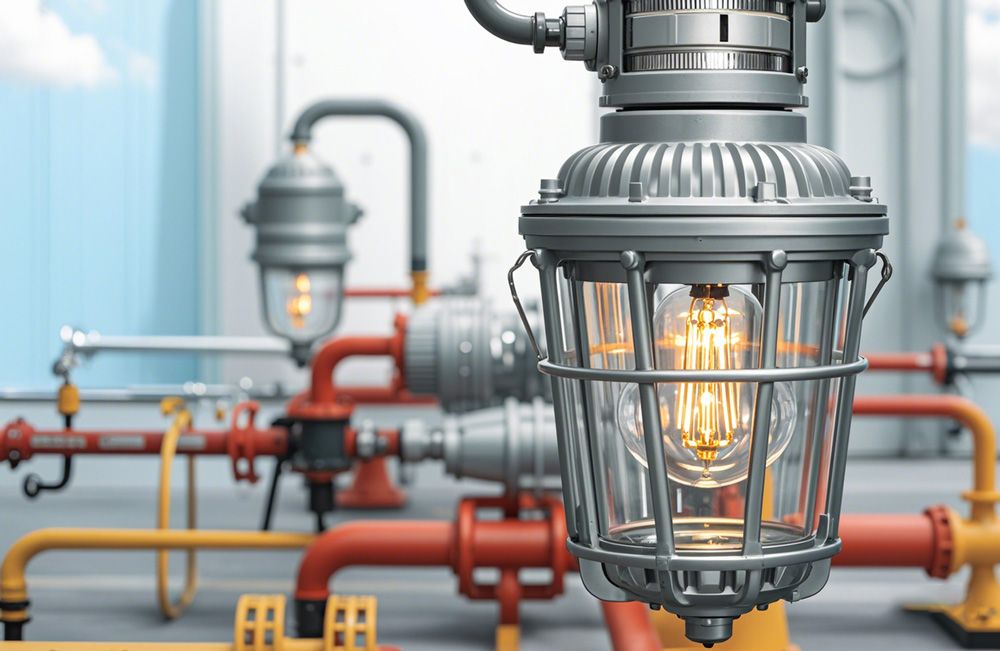
The versatility of explosion-proof lamps is evident in their widespread use across industries that deal with flammable substances. In oil and gas refineries, these lamps provide essential lighting while minimizing the risk of igniting volatile gases. Chemical processing plants rely on explosion-proof lighting to ensure safety during production processes. In mining operations, where dust and gases are prevalent, these lamps offer a reliable solution that meets stringent safety standards. For instance, in underground mines, methane gas can accumulate, creating a highly explosive atmosphere. Explosion-proof lamps ensure that any electrical failures or sparks do not lead to catastrophic events. Similarly, in chemical plants, where various reactions can produce flammable vapors, these lamps play a crucial role in maintaining a safe working environment. The benefits of using explosion-proof lamps extend beyond safety; they also offer durability and reliability, ensuring continuous operation in challenging conditions.
As industries shift towards more energy-efficient solutions, LED explosion-proof lamps have become increasingly popular. However, selecting the right LED lamp requires careful consideration of various factors.
When choosing LED explosion-proof lamps, consider factors such as lumen output, energy efficiency, certification, and compatibility with existing fixtures to ensure optimal performance and safety.
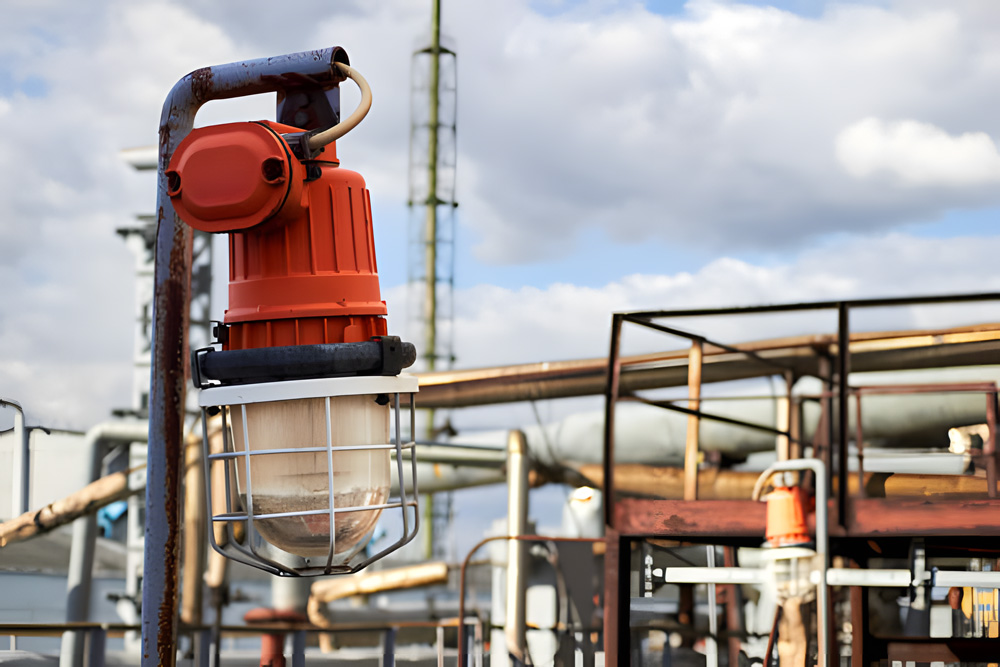
The transition to LED explosion-proof lamps offers several advantages, including reduced energy consumption and longer lifespan. However, it's crucial to ensure that the LED lamps selected are certified for use in hazardous locations. Certifications such as ATEX or IECEx indicate that the lamp meets international safety standards. Additionally, consider the lumen output required for your specific application and ensure that the LED lamp is compatible with your existing lighting system. For instance, if you're replacing older incandescent or fluorescent lamps, it's essential to verify that the new LEDs can be installed without requiring extensive modifications to the existing infrastructure. Furthermore, the color temperature and beam angle of the LED lamps should be suited to the task at hand, ensuring both safety and efficiency. By taking these factors into account, you can ensure that your LED explosion-proof lamps provide both safety and efficiency.
Proper installation and maintenance are critical to the effectiveness and longevity of explosion-proof lamps. Adhering to guidelines ensures that these lamps continue to provide safe and reliable lighting.
To maintain explosion-proof lamps, follow installation guidelines, conduct regular inspections, and replace components as needed to ensure safety and compliance in hazardous environments.
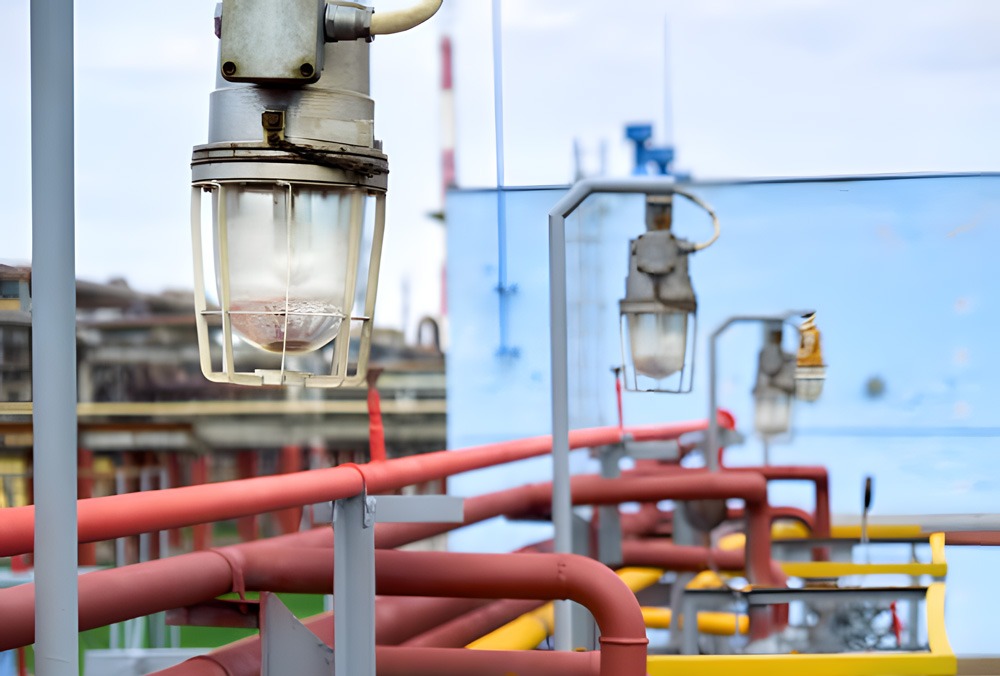
Installing explosion-proof lamps requires adherence to strict guidelines set by manufacturers and safety standards. It is essential to ensure that all components are correctly assembled and that the lamp is securely mounted. Regular maintenance involves inspecting the lamp for any signs of wear or damage, especially in the seals and enclosures. Replacing components with certified parts is vital to maintaining the lamp's explosion-proof integrity. For example, if a gasket shows signs of wear, it must be replaced with a part that meets the original equipment manufacturer's specifications. Similarly, any exposed wiring should be promptly addressed to prevent potential failures. Routine cleaning of the lamp's exterior is also recommended to prevent the accumulation of dust and debris, which can interfere with the lamp's performance. By following these practices, industries can ensure that their explosion-proof lamps continue to function safely and effectively.
Explosion-proof lamps are an indispensable part of safety in industries that operate under hazardous conditions. From their robust design to their critical applications, these lamps play a vital role in preventing potential disasters. As technology advances, LED explosion-proof lamps offer a more energy-efficient option without compromising safety. However, proper selection, installation, and maintenance are crucial to their effectiveness. By understanding the intricacies of explosion-proof lamps, industries can make informed decisions that prioritize safety and efficiency.